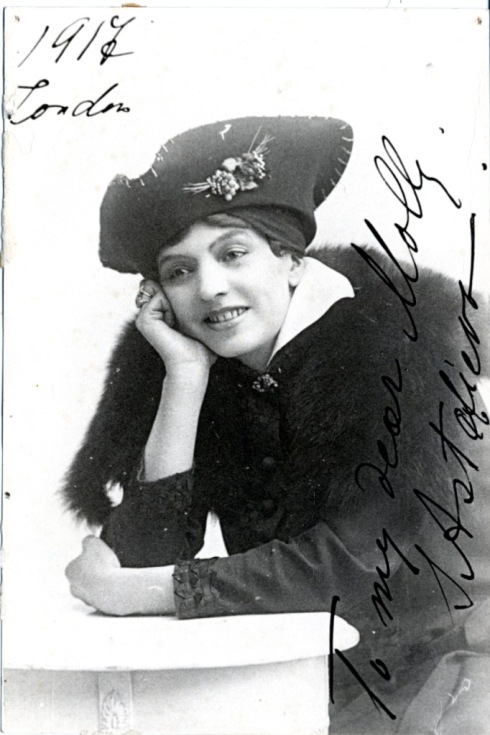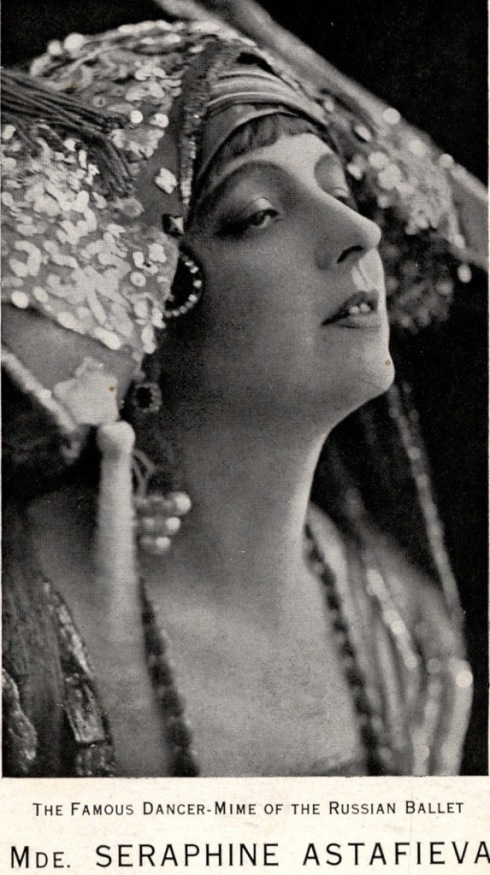152 King’s Road is the address of the grandest looking pizza restaurant in London. The wall in front is surmounted by a pair of eagles, a couple of caryatids and a quadriga and the entrance is flanked by two more carvings of classical figures.These household gods may have protected the building during its mixed history. The Pheasantry has proved to be a survivor.
It has seen difficult times as in these pictures from 1974 and 1970 when the threat of demolition was looming over it.
The Pheasantry is so called because a farmer named Evans formerly sold live pheasants from the site. But the building served all kinds of purposes in its day. The cabinet makers and interior design company of Felix Joubert and his family worked from there for many years. From 1932 until the mid 1960s it was a nightclub. You can make out the words Pheasantry Club above the door.
The club closed in 1966 when the then owner Mario Cazzini died. It was in 1969 when Bevis Hillier wrote: “what a profoundly insipid name for this perverted palace, which might be a chapel of Beelzebub, Aleister Crowley’s pied a terre, A creche for Rosemary’s baby or a finishing school for vampires…”
It was probably none of those things but does seem to have been a lively haunt for the bohemian crowd in Chelsea in the 50s, 40s and the 30s.
Note the old Chelsea exchange name Flaxman and the three categories of members. (Artists paid the least). Then look at the entry below the advert.
One of the other tenants of the building was the Russian Academy of Dancing: proprietor Madame Seraphine Astafieva.
Princess Serafine Astafieva to give her her proper title died the following year, 1934. Her Academy had been at the Pheasantry since 1916.
Although she had been a dancer herself Astafieva’s main fame is as a teacher. Dame Margot Fonteyn spent the last year of Astafieva’s life at the academy. Another dame, Anna Neagle had also attended. But the most famous of her pupils were Anton Dolin and Alicia Marks who we now know as Dame Alicia Markova.
This pictture shows Astafieva (on the right) preparing some of her pupils for the Ypres ball of 1922. The young Markova is among them, possibly the one at the front but I’ll leave that to the experts. The year before both Dolin and Markova had been spotted by Serge Diaghilev at Astafieva’s studio. Markova was only ten at the time. After auditions for the choreographers Nijinsky and Balachine she joined his company in 1925.
Diaghelev had been a friend of Astafieva’s since her days in the Russian Ballet. She joined the company in 1909 and when it came to London in 1911 she took on a role created for Ida Rubinstein, Cleopatra.
Astafieva was not apparently a great dancer but was tall, beautiful and she had the right kind of exotic look for that period . The fin de siecle decadence of the 1890s hangs over pictures of her as well as the aura of the early sex symbols of the silent cinema like Theda Bara (who also played Cleopatra, in 1917). This pair of images shows Astafieva as an early vamp.
Astafieva was born in 1876. She was related to Tolstoy and it is said that it was he who suggested when she was recovering from an illness that she would benefit from entering the Imperial School of Ballet in St Petersburg.
It’s hard to date the pictures we have of her in the collection, most of which come from a display donated to the Library by the writer and photographer Nesta MacDonald. So I don’t know quite when this last picture of Astafieva was taken. Probably later than the previous ones judging by the costume. But it shows her as she might have liked to be remembered best – as a dancer.
Postscript
The Pheasantry deserves a post of its own but I thought I’d start with Princess Astafieva as a tribute to the (presumably) late Nesta MacDonald. Nesta was sometimes difficult to cope with as the people who tried to demolish the Pheasantry discovered but her first love was the world of ballet.
Postscript to the postscript
January 2015. We now know of course that Nesta Macdonald was still alive when I wrote this post and that she died only a few days ago, aged 100.














July 15th, 2013 at 3:39 pm
The Fishmonger was called Tarlings 113 Kings road, now a shop called MAC
April 9th, 2014 at 7:15 am
The Pheasantry was used as the artists studio in the 1963 film The Party’s Over, a rather risque film about a bunch of beatniks ‘livin for kicks’ around the Chelsea area. Olive Reed played their moody and angst-ridden leader, naturally.
April 9th, 2014 at 10:20 pm
David
I would like to see that film. Nobody did moody and angst-ridden like Oliver Reed. Not his only moody and angst-ridden Chelsea film. Who could forget I’ll never forget whatsisname (that rare item a watchable Michael Winner film).
Dave
April 10th, 2014 at 6:12 am
Hello Dave
The film is available on a BFI dvd. It is a bit ropy in parts but still quite watchable mainly due to Reed’s moody performance and it does contain some marvellous shots of Chelsea, circa 62-63, just before it got really ‘swingin’.
November 7th, 2014 at 5:43 pm
That’s it, David. Yes:The Pheasantry! Thanks.
I didn’t realise at the time–late ’67/early 68 that Oliver Reed made a film there about five years before I got to Chelsea. It’s called “The Party’s Over” and the sweet nostalgia it hits me with. You can get it on YouTube.
I remember in my early teens hoping to later become a Beatnik, like those guys.
Oliver also played a surly Beatnik in “The System” with John Alderton, among others. It’s available on DVD. Actually there’s another one of him on Youtube playing another surly Beatnik (with young actors who were famous on TV later in the ’70s) called the Damned. (You also see plenty of Elizabeth Frink’s sculptures in it. Frink was a famous sculptress back then.) It’s set in Weymouth.
I prefer those black-and-white films to his later ones. That’s from pure nostalgia.
Thanks for this other info. It is much appreciated. I lived in Jubilee place, wich had Kleptomania right at the top right hand corner–entering the lane–next to Garbo’s. There was gorgeous, young Swedish girl who worked in Garbo’s called Bridget. I wonder whatever happened to her?
November 7th, 2014 at 6:57 pm
Hello Yidden
I have seen both those Olly Reed films The System and The Damned you mentioned. I remember the opening scene from the latter with Olly and his gang of hoodlums causing mayhem along the Weymouth promenade. It also featured the gorgeous Shirley Ann Field in a pair of tight ski-pants, with a flick knife protruding from her belt, seductively trying to attract any likely looking punters (suckers). The Frink sculptures were marvellous weren’t they! They somehow tapped into that atomic bomb paranoia of the time. Olly also played minor roles in Hancock’s The Rebel, a moody existential artists this time, and another surly beatnik in Beat Girl.
January 1st, 2015 at 2:53 pm
Hi David. Sorry to take so long in getting back to you. I do get nostalgiv when I look back to those days. By the time I wanted to be a beatnik–as there were some I wanted to be like at my local university. (The days when British universities were actual places of learning).That time was about to pass into Flower Power and the hippies which I sort of became.
I saw Tony Hancock’s The Rebel even in perhaps a repeat or two. I don’t remember seeing Olly in that film. If I recognised him, I’ve obviously forgoten it. I’ve seen Beat Girl which, if I’m correct, featured Adam Faith. And Olly was only in it briefly.
Thanks again.
June 12th, 2015 at 5:32 pm
Does anybody know the origin of Astafieva’s title “Princess”? There was nothing royal in her background and she was always referred to as “Madame Astafieva” before 1923. Was this an assumed title, following the Russian revolution?
September 8th, 2016 at 10:03 am
Gwiz I am confused I mean, where was her London school where Rich Riley studied, I thought it was in Chelsea?
June 30th, 2019 at 8:42 am
I spent happy times at the phesantry, my mother worked themre for years. I met many famous people shared a pram with humphry bogard’s son ,had my portrait painted there and picture taken byBaronm
April 16th, 2017 at 11:22 am
Felix Joubert was my husband’s grandfather – Felix’s father built the Pheasantry Club – the turret was my mother-in-law’s bedroom growing up!
July 2nd, 2019 at 8:35 pm
Do you know anything about an Yvonne Joubert, who was associated with The Pheasantry in the 1910s, and possibly took lessons from Astafieva?
March 14th, 2020 at 12:44 pm
Does anyone know of any newspapers that advertised gigs at this venue during the 1960s? I am doing some research on bands. My email is nick_warburton@hotmail.com
August 30th, 2020 at 8:07 pm
I met Nesta McDonald a few years ago she gave me a Signed copy of her book the Pheasantry. My ancestor was Felix Joubert.